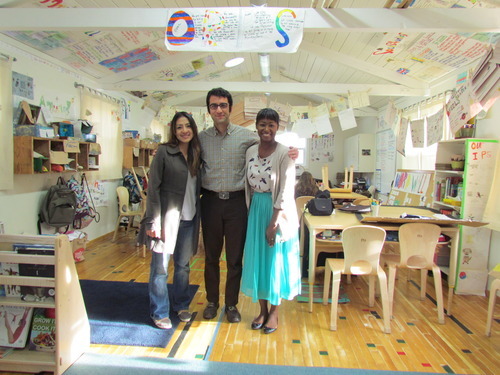1. Acknowledge your students
Acknowledge what your students know and identify the common misconceptions. This may seem obvious but activating prior knowledge it’s an important step in creating new understanding that is often skipped because of time constraints. Ask the kids what they know, where they learned it, and what they want to know. Acknowledge that Ebola sounds scary. Then, make room for questions. You can do this via a simple Do Now, a KWL or a Think Pair Share.
2. Examine the credibility of experts
Chose two experts who have been vocal about combating Ebola in the U.S. Look at their credentials and determine if they are qualified to make public policy around medicine. Are these people doctors? Nurses? Army Generals? Congresspeople? Televangelists? Chatty old ladies? Engage in a discussion about whose expertise is most applicable to a medical event and why those professionals should have the public trust.
3. Get down to the facts
The best way to stop fear is by empowering students with the knowledge they need to make safe decisions. Ebola is not new; we know how it is transmitted. The CDC and others go into detail about when people become contagious and how they transmit the virus. Students should not fear riding the subway and taking the bus. Plus, if de Blasio can do it, we can do it!
4. Teach Compassion
Most civilians in Africa who contract Ebola do so when caring for a loved one. Ebola is transmitted when we do the most human of things – care for each other. We need to show compassion for those who travel overseas to help and for those Africans who contracted Ebola while caring for others.
Show the photo of President Obama hugging Nurse Nina Pham and pose the question: what is the message behind the president’s action? What should we learn from this?
Send thank you letters to the medical volunteers. If you can find an address, electronic or real life, please let me know. I can’t find anything.
5. Stage a Debate
As congress, the military and the American public battle it out over border closures and mandatory quarantines, one up congress by staging your own debate. Make sure your students have credible sources to start with.
6. Be a data scientist
Let your students become scientists by allowing them to explore Ebola data in Africa using the drag and drop data visualization tools on Tuva Labs. You can create your own questions or use one of the ready-made activities.
Join the discussion!
Please join the discussion about addressing Ebola in the classroom and share your ideas and critiques.




